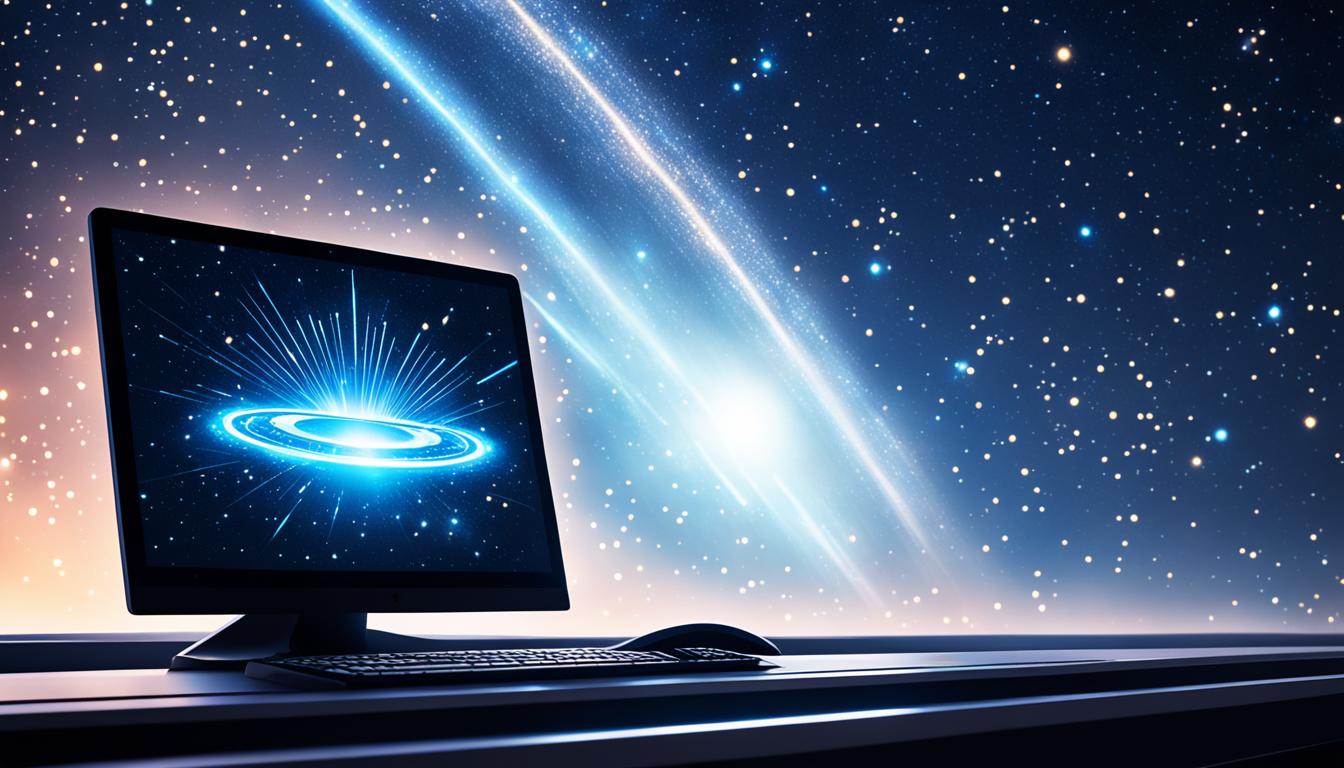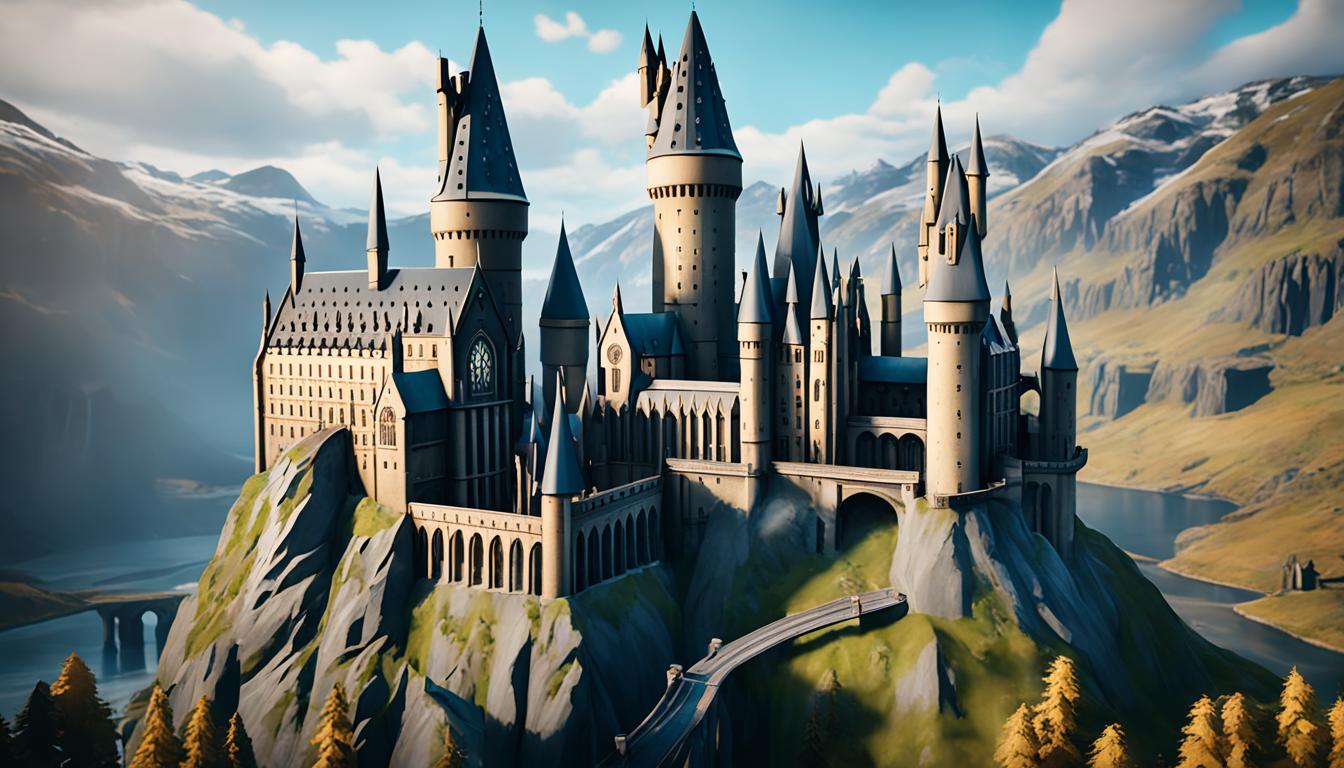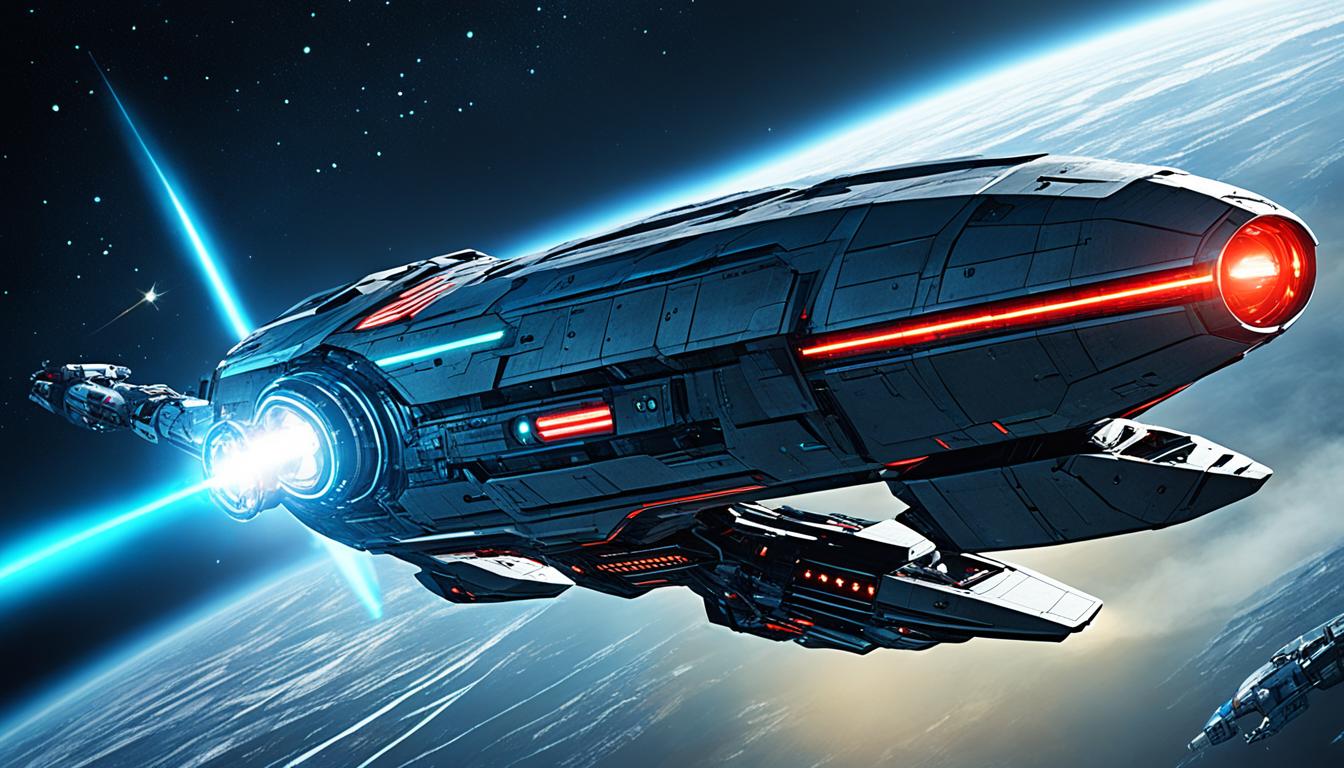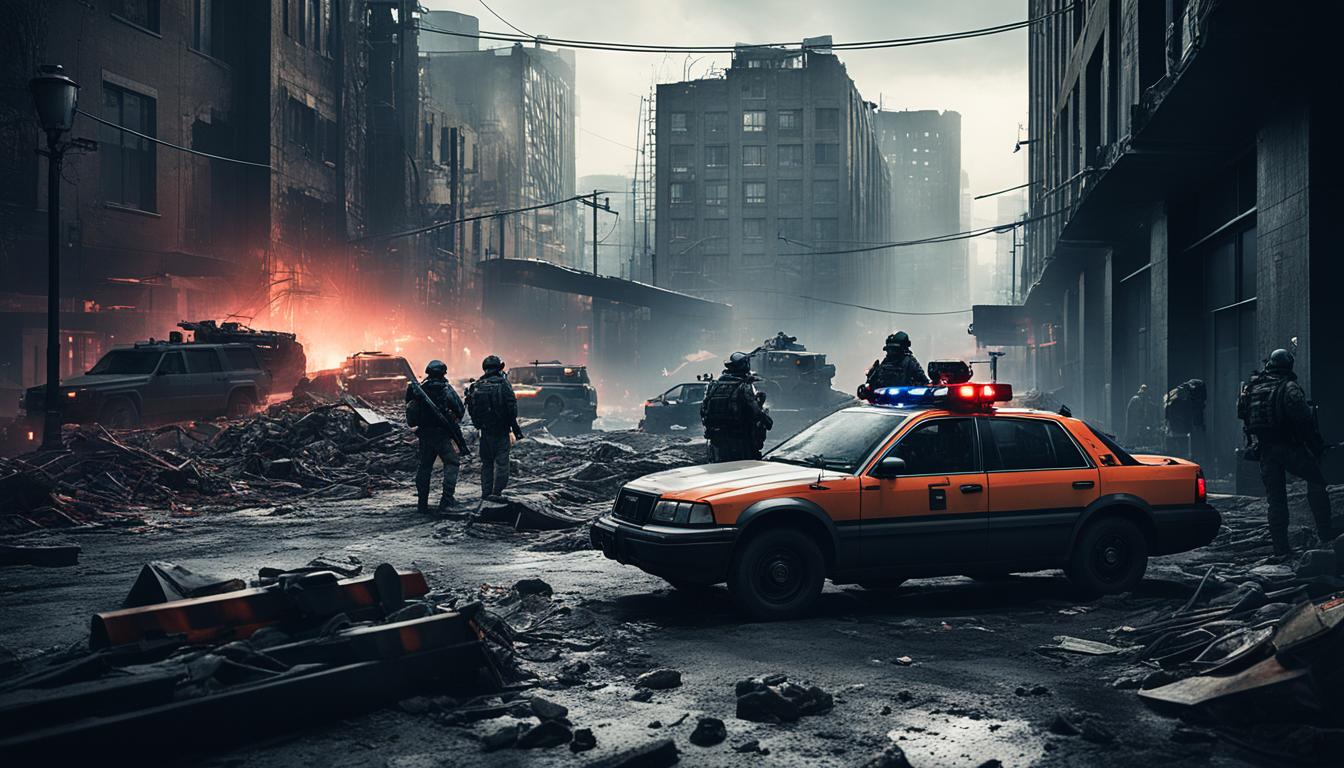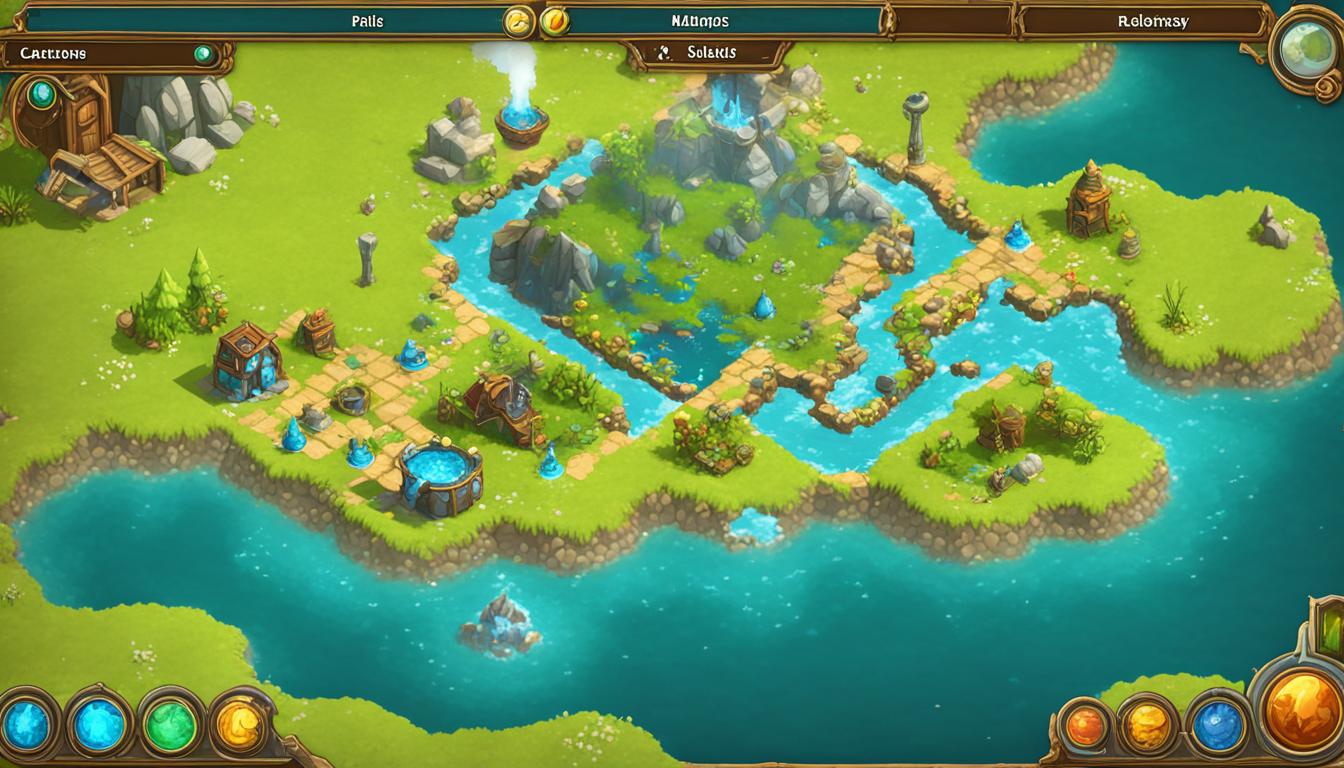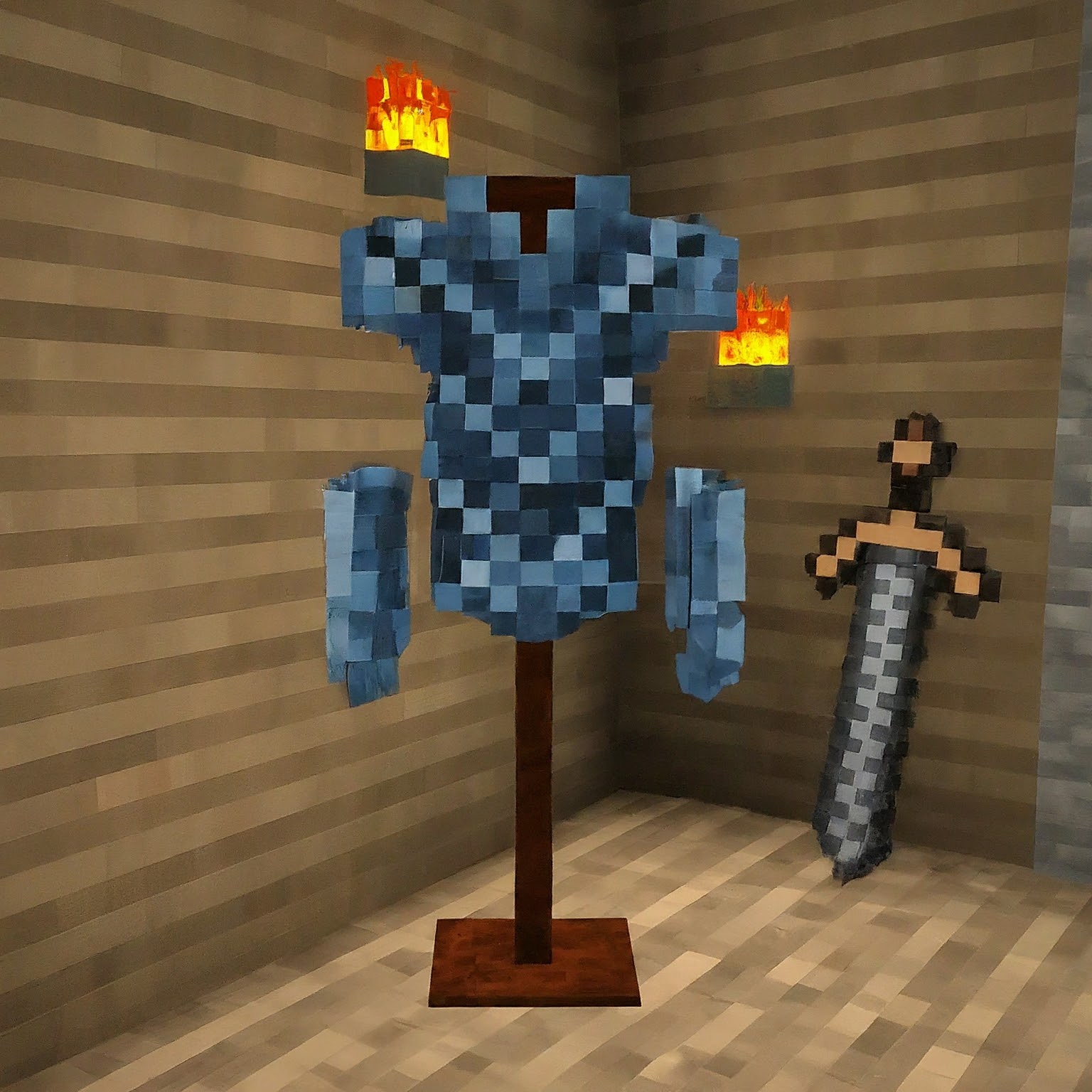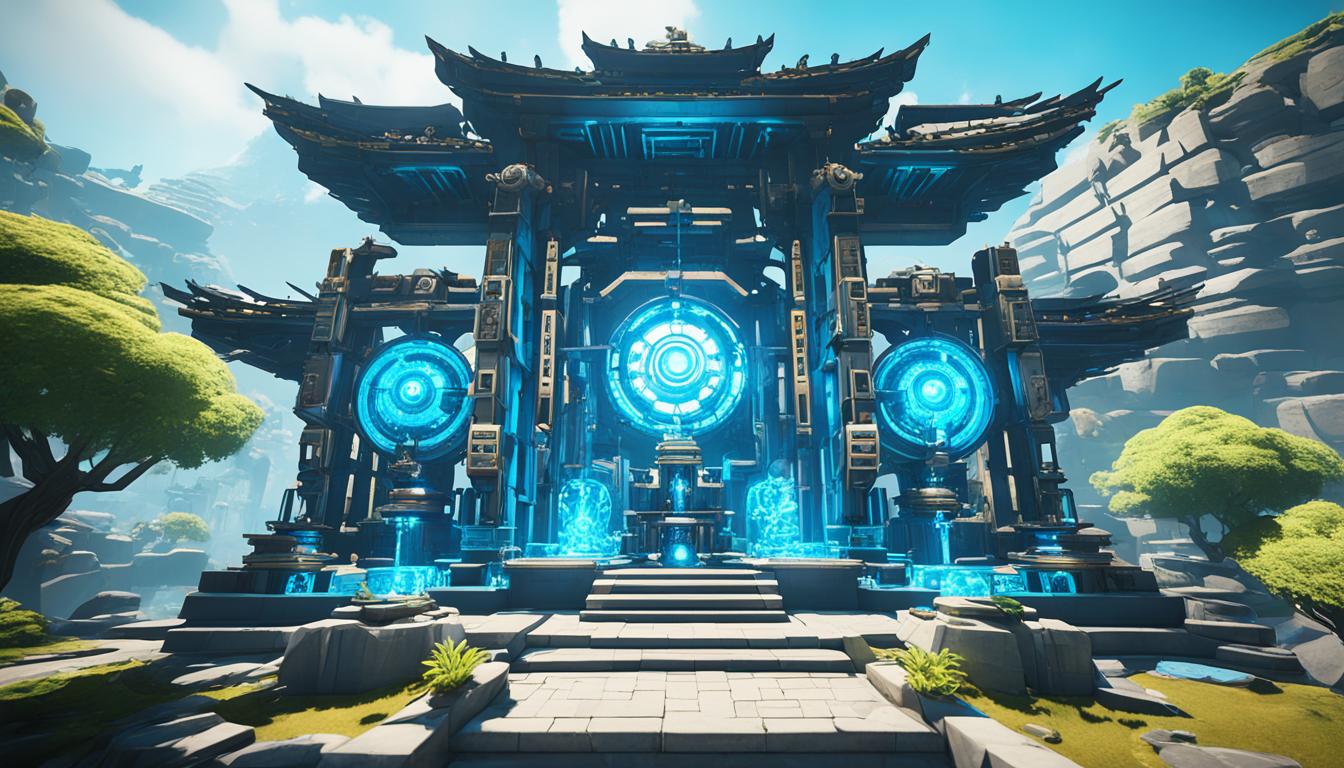As a passionate gamer and tech enthusiast, I know firsthand the excitement that comes with preparing your PC for the latest gaming adventures. This time around, we’re looking at the highly anticipated Starfield, a game that promises to take us far beyond the familiar territories of Earth. In my experience, the right specs can make all the difference between a game that stutters across the finish line and one that soars through the galaxy with ease. That’s why I’ve delved into the Starfield PC requirements, seeking compatibility that ensures an exceptional gaming flow.
For fellow gamers looking to embark on this cosmic journey, having at least 16GB of RAM is one of those crucial Starfield specs. If you’re still on an 8GB RAM gaming setup, it might be time for that upgrade you’ve been putting off. You see, system requirements for cutting-edge space exploration don’t skimp on the details. An NVIDIA GeForce 1070Ti GPU or its equivalent is mandatory gear for this expedition, alongside an Intel Core i7-6800K CPU and a whopping 125GB of SSD space to house the expansive universe of Starfield.
Meeting the Starfield compatibility benchmarks is your ticket to seamless voyages through starfields and interplanetary escapades. If you’re like me, settling for the bare minimum isn’t in the cards – especially with a universe as vast as this one waiting to be discovered. So, let’s gear up, check those systems, and get ready to push the limits of what gaming can be!
Table of Contents
Can my 8 Gig ram pc run starfield?
As I delve deeper into the realms of the latest PC gaming specs, I find myself questioning whether my current setup, with its 8GB RAM performance, can handle the astronomical demands of the Starfield gaming requirements. It’s no small query—as the virtual universe expands, so too do the expectations on memory capacity for gaming. Starfield, a behemoth among space RPGs, insists that adventurers come prepared with at least 16GB of RAM to meet its minimum system prerequisites.
An 8 gig RAM configuration, which once heralded commendable performance, now appears to flirt with obsolescence in the wake of games like Starfield. We can’t overlook the significant role that memory capacity plays in gaming. It handles the multitude of tasks that modern games demand, from loading expansive environments to storing the multitude of assets. More RAM not only allows for smoother gameplay but also facilitates quicker loading times, enabling an uninterrupted flow amidst the consuming cosmos of Starfield. Therefore, my fellow gamers and I are faced with a stark reality: an upgrade is essential for those of us clinging to the 8GB threshold.
The way I see it, understanding the memory needs for Starfield isn’t simply a quest for knowledge—it’s an expedition for a continued, immersive gaming journey. With that in mind, let’s explore a comparative breakdown to illustrate why 16GB of RAM serves as the golden standard against the obsolete 8GB setup:
| Memory Configuration | Game Loading Times | Performance Stability | Modding Capability |
|---|---|---|---|
| 8GB RAM | Longer loading | Weak; prone to stuttering | Limited; may lead to crashes |
| 16GB RAM (Recommended) | Significantly reduced | Strong; smoother gameplay | Extensive; stable with mods |
In light of these insights, I can’t help but recognize that my current rig falls below the Starfield gaming requirements. To achieve the sought-after immersion and grandeur that this title promises, I must embrace the call to upgrade. After all, it’s not simply about meeting the baseline. For enthusiasts like me, it’s about transcending it to experience gaming possibilities that once seemed as distant as the stars themselves.
Exploring Starfield’s System Requirements for PC Players
If there’s one thing I’ve learned as a gamer, it’s that diving into the next big space RPG like Starfield requires more than just a spirit of adventure; it necessitates having the right PC hardware for Starfield. Let’s break down the system requirements gaming enthusiasts will need to reach for the stars.
Minimum and Recommended System Requirements
Embark on the Starfield odyssey with a reliable setup; at the very least, you’re looking at needing an AMD Ryzen 5 2600X or an Intel Core i7-6800K CPU. As for GPUs, an AMD Radeon RX 5700 or NVIDIA GeForce 1070 Ti is your baseline for those precious starlit views. Couple these with 16GB of RAM, and you’ll meet the Starfield minimum specs. However, if you’re aiming for the stars in terms of performance and visual fidelity, the Starfield recommended settings push towards a more formidable hardware lineup.
Those eye-catching cosmic sceneries call for a sturdier setup, possibly an AMD Ryzen 5 3600X or an Intel i5-10600K processor, paired with top-tier GPUs like an AMD Radeon RX 6800 XT or a NVIDIA GeForce RTX 2080. And for those pursuing the 4K gaming experience, the immense power of GPUs such as the Nvidia GeForce RTX 4090 or the AMD Radeon RX 7900 XTX becomes a necessity, ensuring every interstellar detail is captured perfectly.
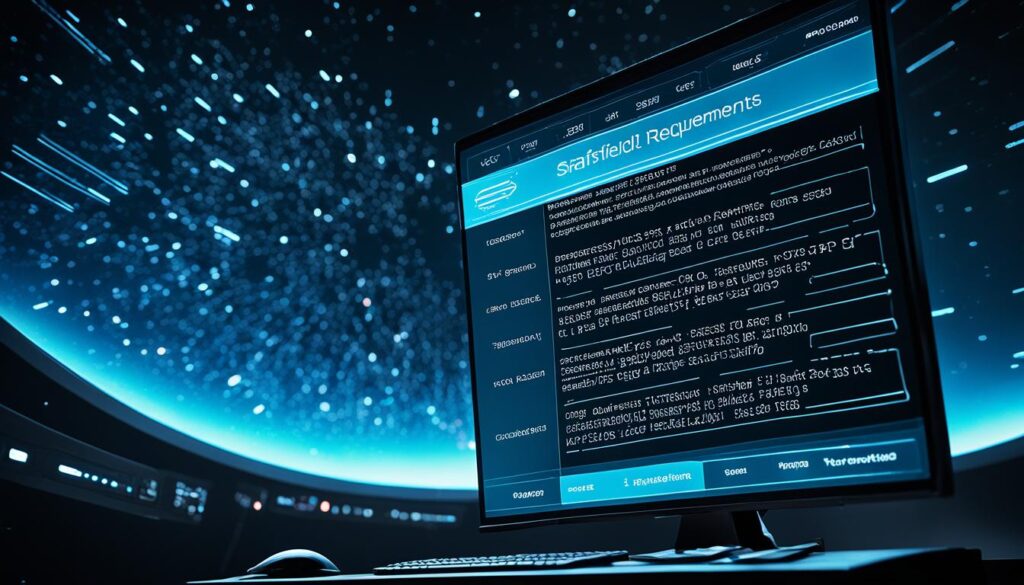
Importance of RAM in Gaming Performance
When I discuss PC gaming, I emphasize how crucial RAM impact gaming is. For Starfield, stepping up from the conventional might not only be beneficial but essential for optimal gameplay. It’s been noted that advancing from DDR5-5200 to the much zippier DDR5-7200 memory can boost your system performance gaming by a good 13%. Imagine having smoother transitions and less hitching during those crucial moments of gameplay!
Moreover, doubling down on the RAM—from 16GB to 32GB—translates to consistency and fluidity in your in-game experiences. With memory speeds and ample RAM, you’re practically laying out a red carpet for those high-res textures and bustling space stations to load in a snap, enveloping you into the vastness of Starfield’s universe without a hiccup.
The Role of SSDs in Enhancing Gaming Experience
Stepping away from the traditional HDD setups, I’ve noticed more games including SSD requirements. It’s a trend that Starfield adheres to as well. You’ll need an SSD to accommodate the game’s sizable 125GB footprint. This isn’t just for show—the SSD versus HDD debate settles here with the former ensuring minimized game loading times and a smooth, uninterrupted gaming journey across the stars.
SSDs are non-negotiable for modern storage solutions gaming, especially when developers like Bethesda explicitly mention it for installing Starfield. So, if you’ve been considering an upgrade, a high-quality gaming SSD should be at the top of your list. An SSD doesn’t just cut down on waiting time; it keeps up with the game’s performance, no matter how expansive those celestial terrains get.
And there we have it, fellow gamers—a glimpse into the necessary PC hardware to embark on this interstellar adventure. It’s not just about meeting the minimum; it’s about gearing up for a premium ride across the universe.
Graphics Cards: Are they The Key to Running Starfield?
When it comes to stepping into the awe-inspiring visual realms of Starfield, the graphics card in your PC plays a pivotal role. Its capabilities dictate not only the splendor of the stars you’ll navigate but also the fluidity with which you traverse the galaxy. Navigating the territory of Starfield GPU demands necessitates a GPU that can handle high-resolution gaming without faltering, providing that sweet spot between stunning graphics fidelity and uninterrupted gameplay.
Understanding Graphics Card Requirements
The journey through Bethesda’s ambitious universe places a substantial load on our graphics cards. As I learned from the developers’ advisories, the voyage to achieving optimum Starfield performance begins with meeting GPU comparison benchmarks. Whether you’re aiming to enjoy the game on your trusty 1080p monitor or you’re venturing into the realm of 4K gaming requirements, selecting the right graphics card is integral to your experience.
A minimum spec, such as the NVIDIA GeForce 1070 Ti or AMD Radeon RX 5700, gets you through the door of Starfield’s universe. However, you wouldn’t just drive through scenic routes at night with low-beam headlights, would you? For the full grandeur of outer space—the flickering distant suns, the seamless transitions between cosmic zones—a higher-tier graphics card becomes necessary, like the NVIDIA GeForce RTX 2080 or the AMD Radeon RX 6800 XT recommended by the game’s developers.
Comparing NVIDIA and AMD Options for Smooth Gameplay
At this juncture, we enter the age-old debate: NVIDIA vs AMD. Both camps present formidable contenders for the GPU crown, but how do they fare against the celestial playground of Starfield? Let’s break down their offerings.
I find myself caught in a dance of decisions where on one hand, NVIDIA’s GeForce RTX 2080 speaks volumes with its established reputation for performance. On the other hand, AMD’s Radeon RX 6800 XT offers an attractive proposition, potentially enhanced due to the game’s collaboration with AMD, hinting at optimizations that could sweeten the gaming pot for AMD users.
So, let’s explore thorough GPU comparison detailing how each card fares when aspiring to unlock the full potential of Starfield:
| Graphics Card | 1080p Gaming | 1440p Gaming | 4K Gaming | Value for Money |
|---|---|---|---|---|
| NVIDIA GeForce 1070 Ti | Playable | Limited | Not advisable | ★★★☆☆ |
| AMD Radeon RX 5700 | Playable | Limited | Not advisable | ★★★☆☆ |
| NVIDIA GeForce RTX 2080 | Smooth | High Performance | Usable | ★★★★☆ |
| AMD Radeon RX 6800 XT | Smooth | High Performance | Usable | ★★★★☆ |
| NVIDIA GeForce RTX 4090 | Overkill | Ultimate | Exceptional | ★★★★★ |
| AMD Radeon RX 7900 XTX | Overkill | Ultimate | Exceptional | ★★★★★ |
This tabulated insight makes it abundantly clear that while Starfield’s GPU demands can be met with a minimum-spec card, the true essence of high-resolution gaming emerges with more powerful options. Whether it’s the finesse of NVIDIA or the raw aptitude of AMD, the choice for achieving smooth gameplay in Starfield is ultimately a personal one, intricately tied to the player’s aspiration for either gaming sustainability or the thrill of peak performance.
Processor Power: Can Your CPU Handle the Worlds of Starfield?
As I venture into the galaxies of Bethesda’s Starfield, I’m acutely aware that the visual splendor is not the only factor that will tax my gaming rig. The vast, procedurally generated worlds and the complex physics simulations require a CPU capable of handling the substantial processing demands. I’m keenly interested in exploring the CPU gaming performance required for a game of this magnitude. Ensuring that the processor benchmarks meet the requirements is crucial for a smooth gaming experience.
With Starfield’s technical specs in hand, I’m ready to assess how my processor stacks up against the game’s CPU demands. Looking at the intricate details of the game’s engine and the Starfield CPU demands, it’s clear that I’ll need a gaming CPU that can go beyond the ordinary. It’s no longer simply about having enough power to run the game; it’s about having the capacity to maximize the immersive experience.
The Importance of a Strong CPU for Gaming
The beauty and depth of Starfield’s universe are mirrored in its need for computational strength. A strong CPU equates to the engine room of a gaming rig, turning the gears of the in-game physics and AI routines with efficiency. From the cascading asteroids to the buzzing traffic of a spaceport, each element requires CPU attention to detail. Processor comparison becomes more than a technical exercise—it’s a gateway to unrestrained exploration.
As I weigh my options, I am mindful of the delicate balance between affordability and performance. It’s not enough to ask, “Can my CPU run Starfield?” The real question is, “Can it elevate the experience to the heights this game promises?”
Comparing AMD and Intel Processors for Starfield
The AMD vs Intel debate is a constant in the lives of gamers. For Starfield, the choice of processor could mean the difference between a gaming session with stuttered movement across space and one with fluid jumps between star systems. I need to consider the gaming CPUs that can maintain the pace of my starship without breaking a sweat. Here’s a comparative look at how AMD and Intel stack up:
| CPU Model | Clock Speed | Core Count | Thread Count | Performance in Gaming | Starfield Compatibility |
|---|---|---|---|---|---|
| AMD Ryzen 5 3600X | 3.8 GHz | 6 | 12 | High | Recommended |
| Intel i5-10600K | 4.1 GHz | 6 | 12 | High | Recommended |
| AMD Ryzen 7 7800X3D | 3.6 GHz | 8 | 16 | Exceptional | Best for 4K |
| Intel Core i9-7900X | 3.3 GHz | 10 | 20 | Exceptional | Best for 4K |
As I pore over the processor benchmarks, I recognize the nuanced differences that can impact gaming CPUs’ performance when running a title as demanding as Starfield. The latest AMD Ryzen CPUs bring formidable power to the gaming table, potentially edged further by being part of the Starfield technical partnership. Meanwhile, Intel’s offerings boast high clock speeds and reliable performance under load.
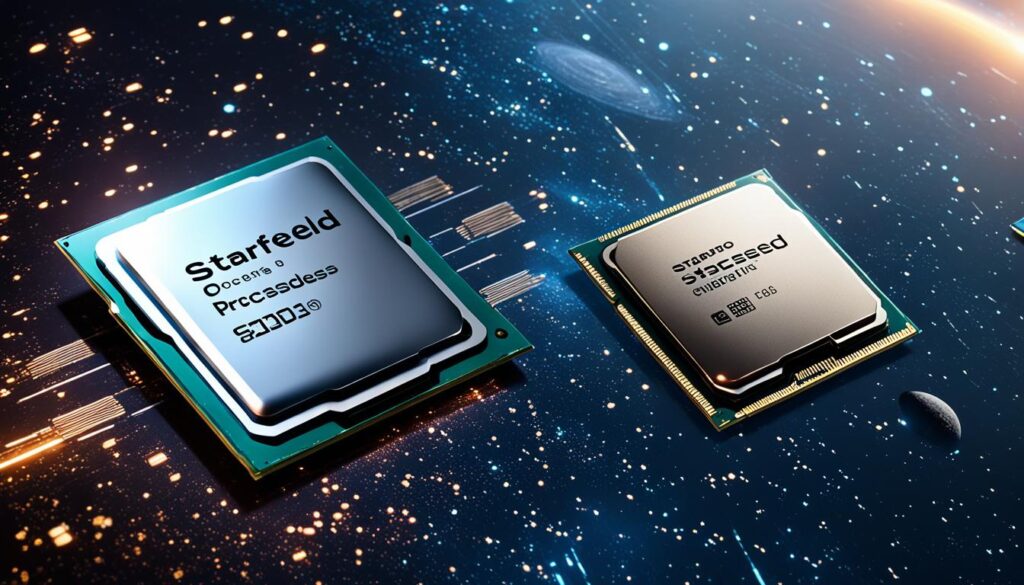
My decision will ultimately rest on which brand provides the extra edge in CPU gaming performance needed to handle the Starfield CPU demands. Will it be AMD with its close ties to the game’s development? Or will it be Intel, with its track record of solid and reliable gaming CPUs? The processor comparison is more than a measure of capability; it’s a quest to find the heart of my gaming rig, one that can keep pace with the ambitions of the most expansive space exploration games to date.
Conclusion
As our journey through the technical expanse of Starfield draws to a close, I reflect on the inescapable fact that Starfield compatibility isn’t just a checklist; it’s the blueprint for a truly enriching gaming voyage. Ensuring that your gaming rig optimization aligns with the game’s rigorous standards is paramount. We’ve delved into key components that make up game-ready systems, from powerful GPUs and swift SSDs to the vital RAM and CPUs that form the backbone of any superior gaming performance.
Final Thoughts on PC Compatibility with Starfield
My exploration into the hardware that powers the immersive world of Starfield reiterates one axiom: the game’s expansive universe demands an equally expansive and compatible setup. Meeting and exceeding the game’s stringent requirements enhances not just your experience but also prepares your gaming rig for future titles. The significance of gaming setup recommendations shouldn’t be underestimated, particularly if you’re targeting a seamless experience among the stars.
Recommendations for a Superior Gaming Setup
To harness the full potential of Starfield’s gaming enhancements, hardware upgrades become an essential strategy. My advice for enthusiastic gamers? Focus on securing hardware that not only meets but surpasses the recommended specs. This includes investing in PC upgrades like a robust NVIDIA RTX 2080 or an AMD Radeon RX 6800 XT graphics card, while not compromising on loading speeds with a sizable SSD. With such a setup, you’re not just ready for today’s titles but also fortifying your gaming arsenal for the next big release.
Investing in Upgrades for the Best Gaming Experience
For those of us who breathe the air of virtual worlds, making hardware investments is a necessary step in achieving the gaming experience improvement we always crave. It involves more than a simple switch of components; it’s about Starfield system enhancement and pushing the envelope of what’s possible in PC gaming. With each upgrade, from high-performance RAM to advanced processing power, we’re not just changing parts—we’re evolving our entire gaming paradigm.
